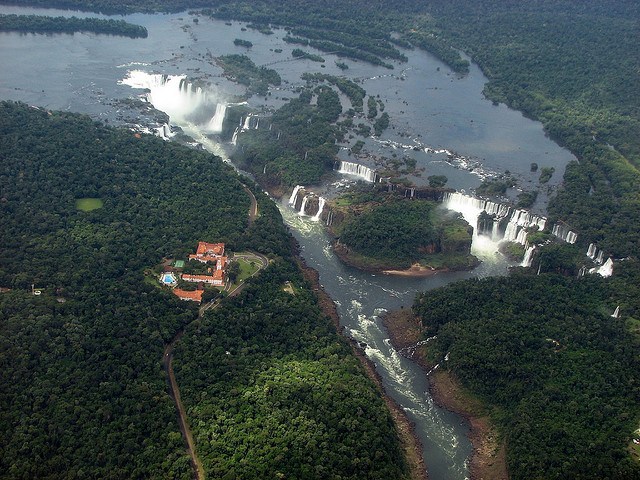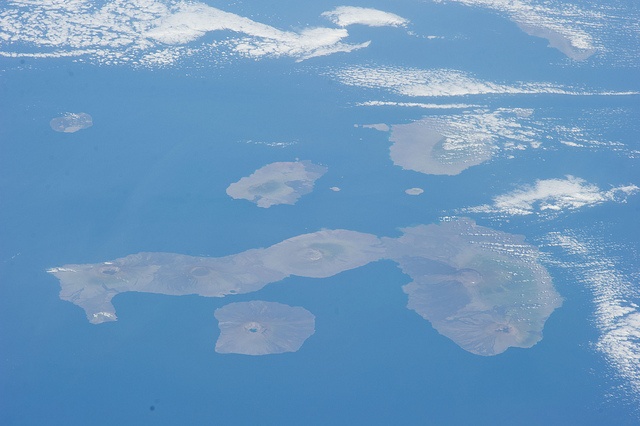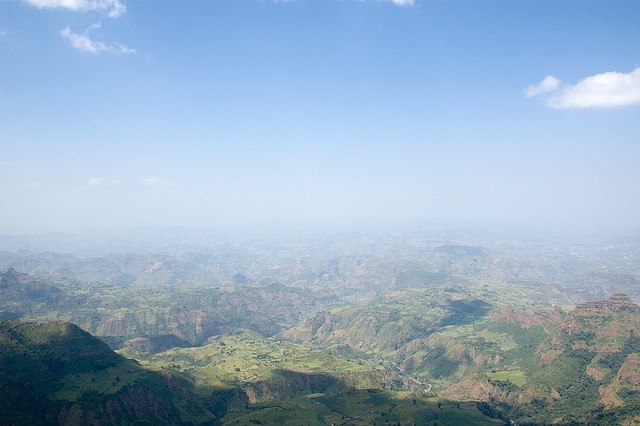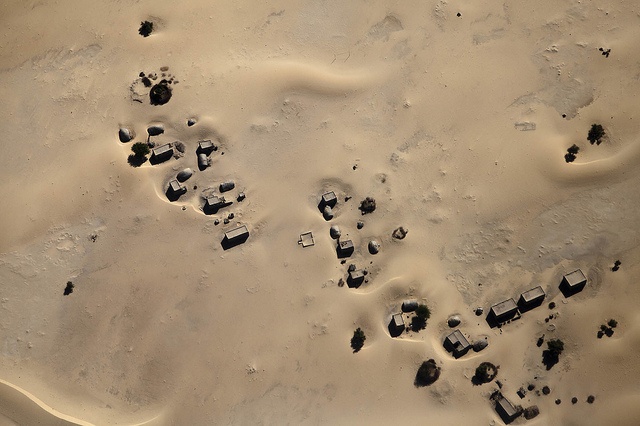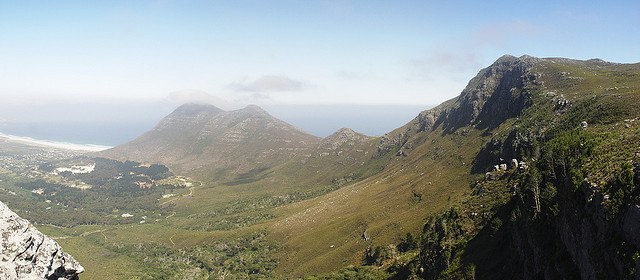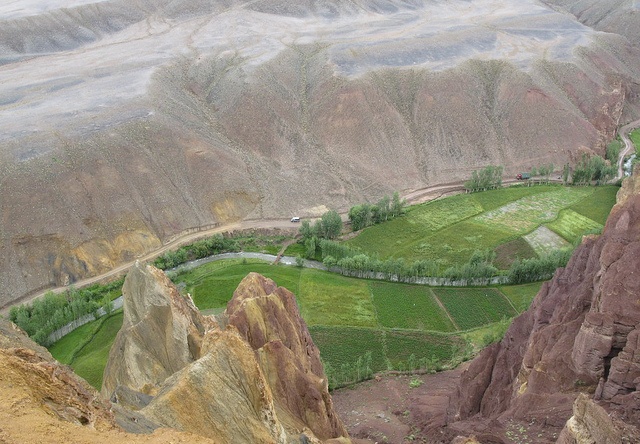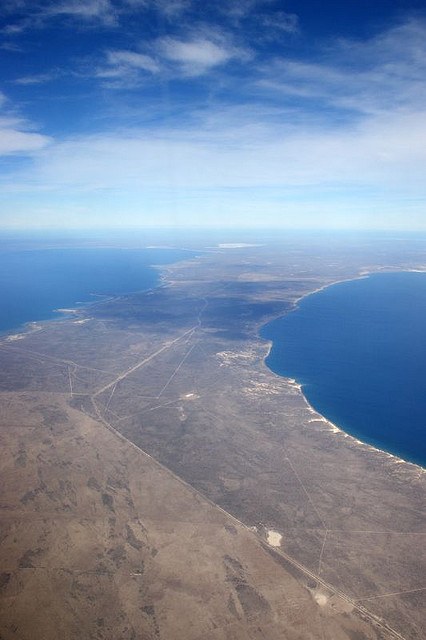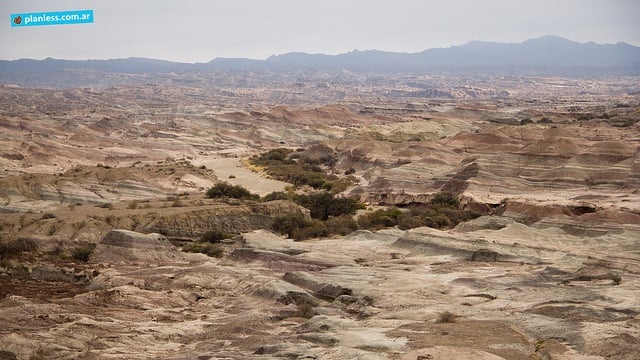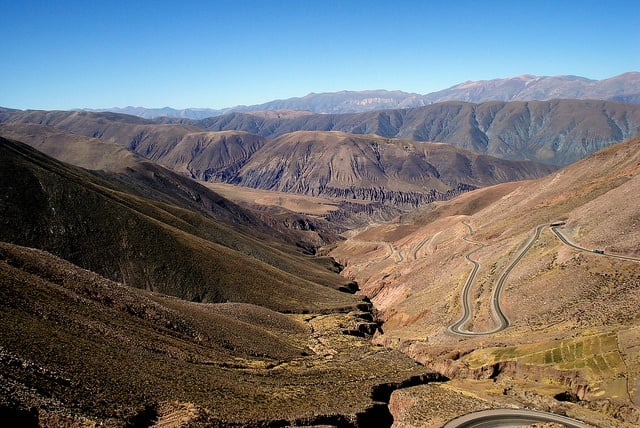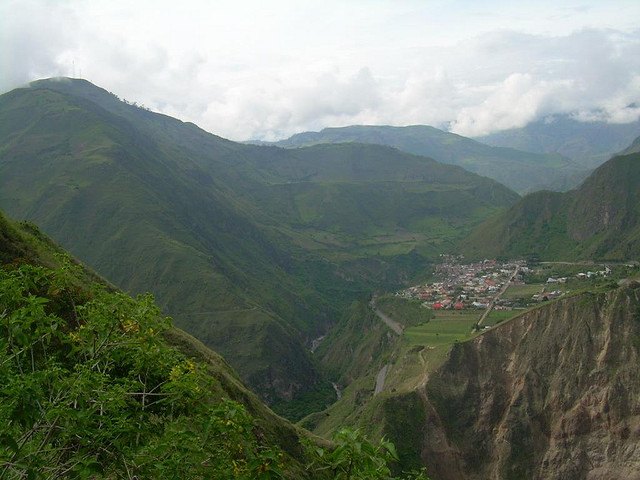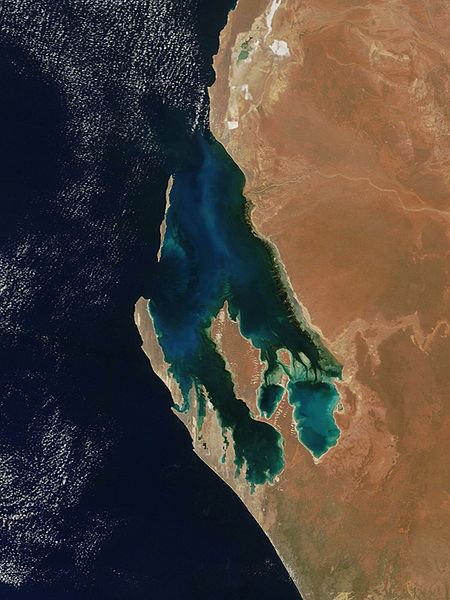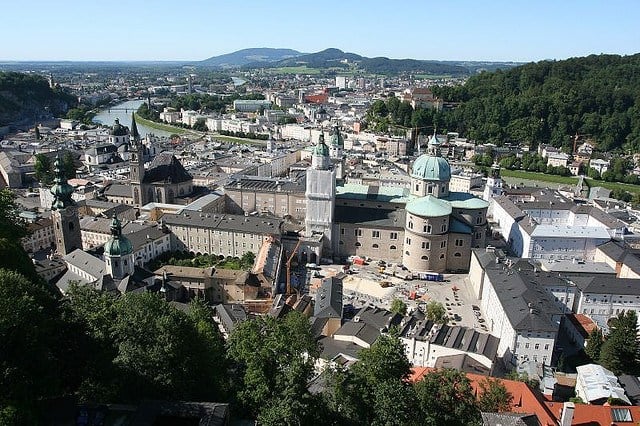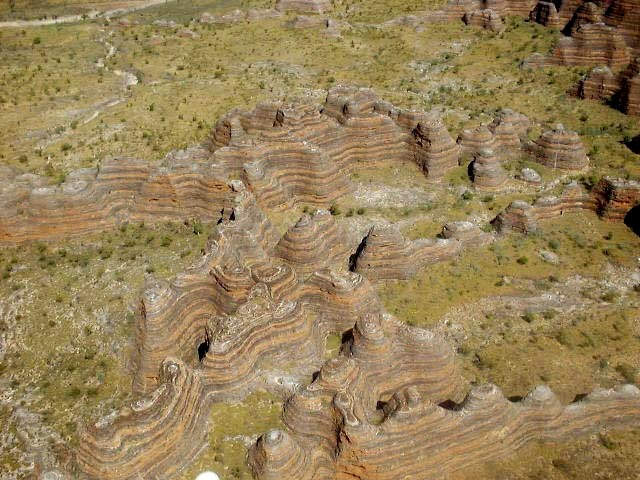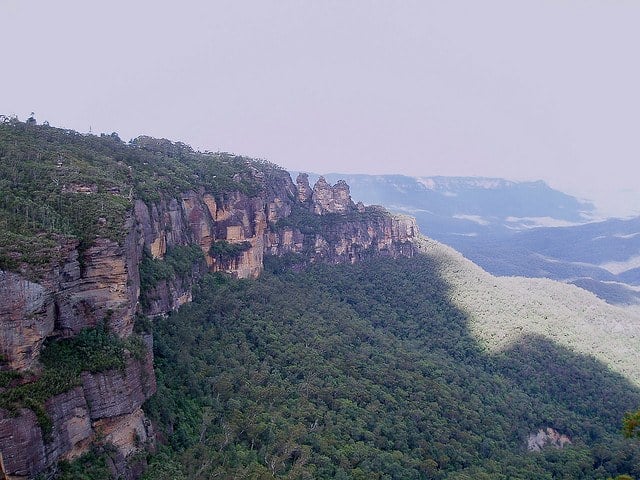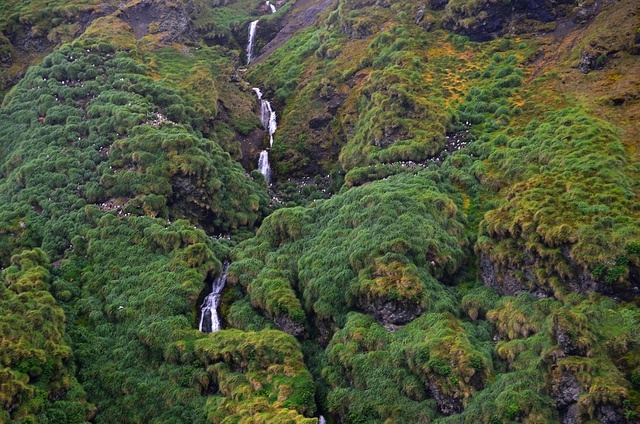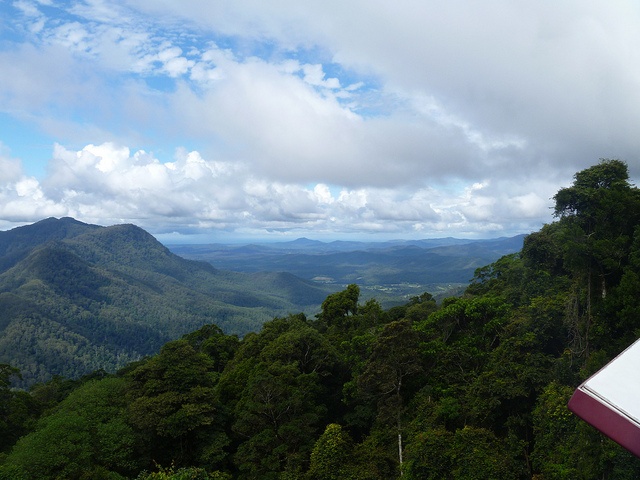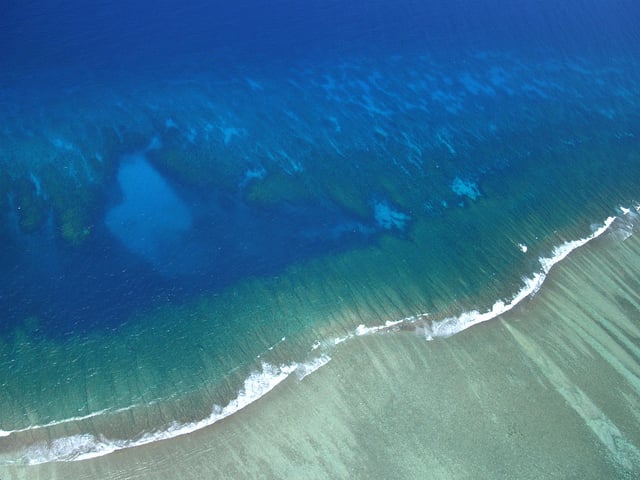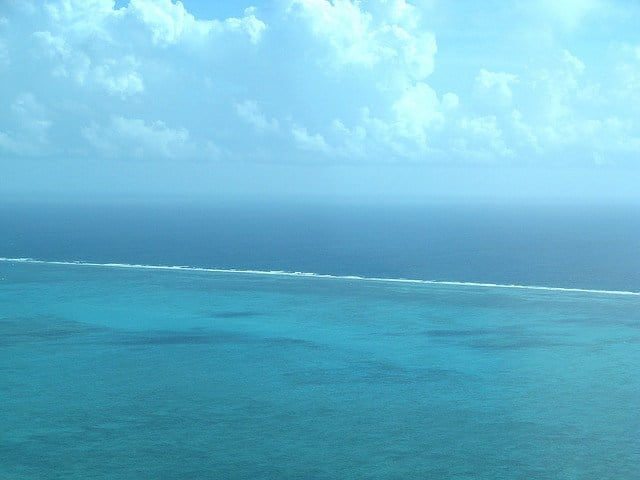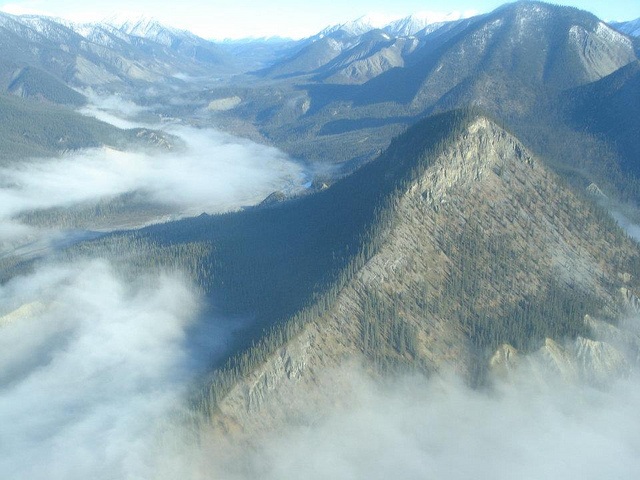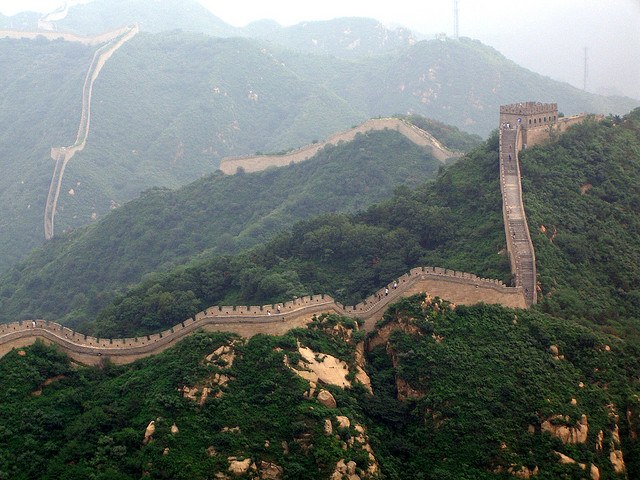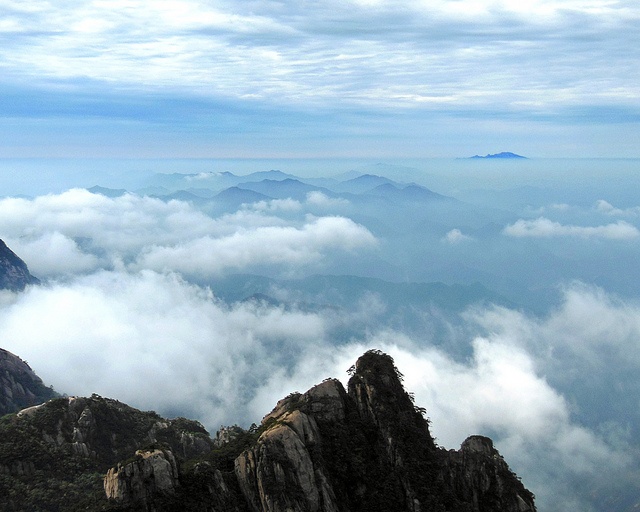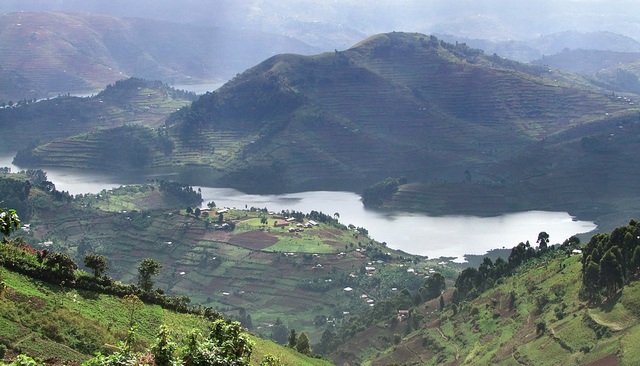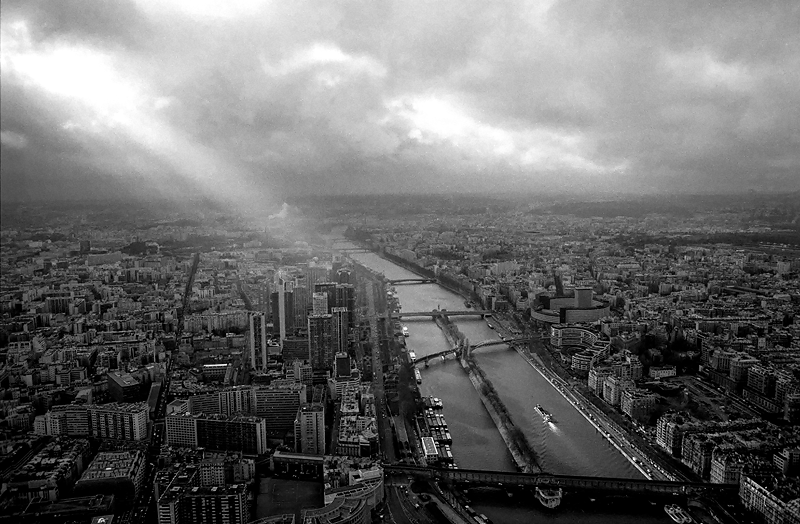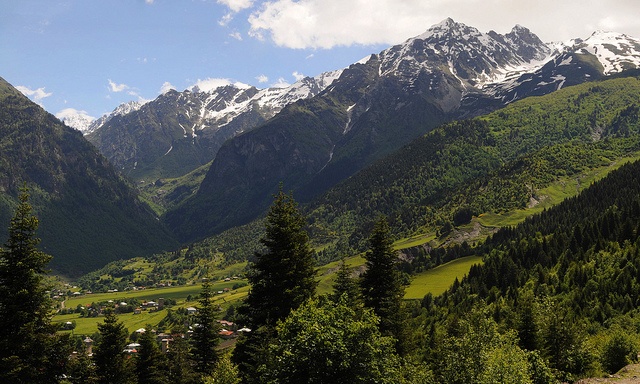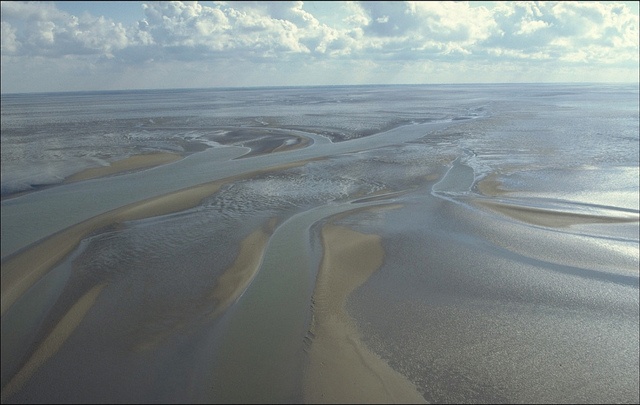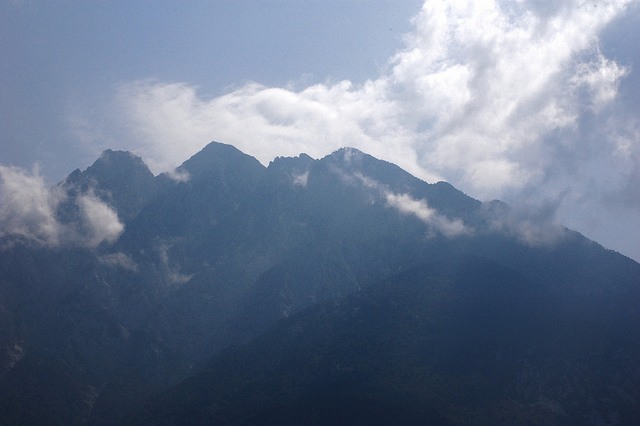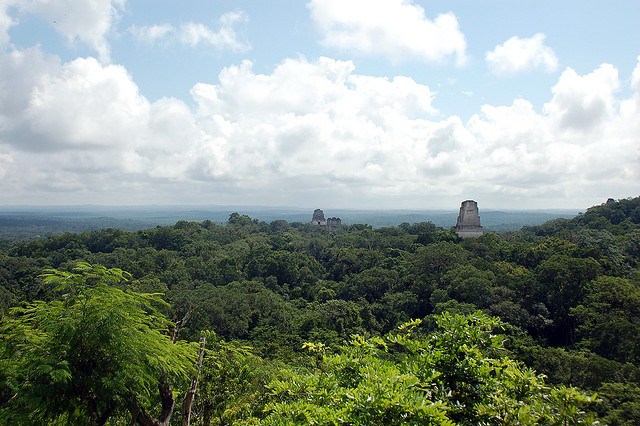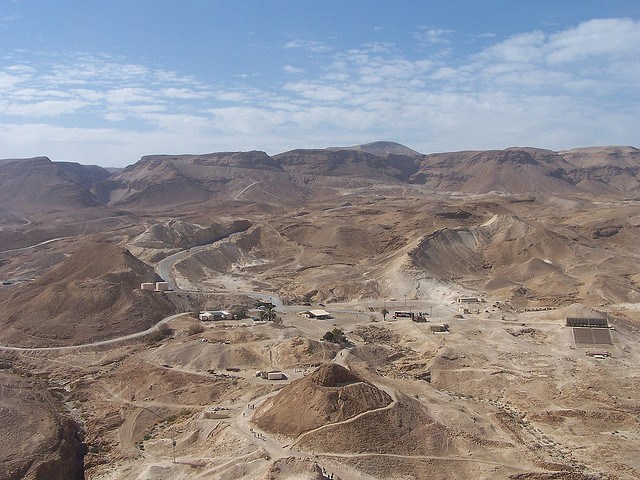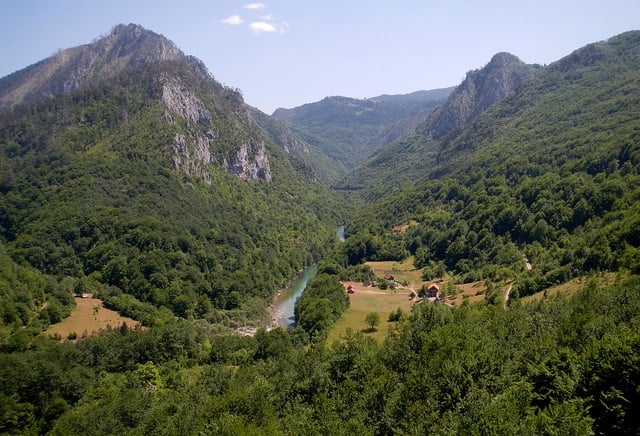Are you ready to experience 30 breathtaking places that don’t even feel like they belong on planet Earth? UNESCO has amassed over 1,000 amazing heritage sites and I have gone through all of them to pick out some of the best ones!
UNESCO’s heritage sites range from natural landscapes to beautiful cities and gardens. All of which have to go through a rigorous selection process. Let me know in the comments which is your favorite!
1. Iguazu National Park, Argentina/Brazil
The 80-meter-high waterfall is right in the center of this site and is 2,700 meters across. The waterfall is made up of many different cascades and is one of the most amazing waterfalls in the world.2. Great Barrier Reef, Australia
This very well-known reef off of the north-east Australian coast, is beaten by few in beauty. It holds the world’s largest collection of coral reefs and has 400 types of coral, 1,500 species of fish and 4,000 kinds of mollusk.3. Galapagos Islands, Ecuador
Located in the Pacific Ocean, the Galapapos Islands sit 1,000 kilometers off the South American coast. There are 18 islands that belong to the chain and the local marine life has been called a “living museum and showcase of evolution.”4. Simien National Park, Ethiopia
This Ethiopian park has gone through massive erosion, which created this stunning area. The valley digs deep and can drop as much as 1,500 meters. The park also has extremely rare animals including the Gelda baboon, the Simien fox, and the Walia ibex.5. Timbuktu, Mali
During the fifteenth and sixteenth centuries, Timbuktu was known as an intellectual and spiritual capital and was a pivotal point for the propagation of Islam throughout the African continent.6. Cape Floral, South Africa
This African site is made up of eight protected areas and covers 553,000 ha of land. For soil quality, this is one of the richest areas in the world, which results in lush vegetation. This heritage site represents only 0.5% of the area of Africa, but has nearly 20% of the continent’s flora.7. Bamiyan Valley, Afghanistan
Bamiyan Valley is home to the remains of the artistic and religious developments that occurred between the first and thirteenth centuries. The area has many Buddhist monastic ensembles and sanctuaries, as well as buildings from the Islamic period.8. Península Valdés, Patagonia
This peninsula is a huge focal point for the conservation of marine mammals. The peninsula is important for the breeding population of endangered southern right whales, southern elephant seals and southern sea lions.
9. Ischigualasto, Argentina
There are actually two natural parks in this area. The first one (which is shown) is Ischigualasto and the second is Talampaya. Together they cover a massive 275,300 ha. Throughout the parks there are many fossils of plants, dinosaurs, and mammals.10. Quebrada de Humahuaca, Argentina
This valley has been used as an important trade route over the past 10,000 years and has been home to many prehistoric hunter-gatherer communities of the Inca Empire.
11. Qhapaq Ñan, Andean Road System, Argentina, Bolivia, Chile, Colombia, Ecuador, Peru
Over several centuries, the Incas created a trade and defense network of roads covering 30,000 kilometers. This network stretched from the peaks of the Andes, through rain forests, valleys and deserts.12. Shark Bay, Australia
Shark Bay, on the western point of Australia, is home to five species of endangered animals and has vast sea-grass beds that cover 4,800 square kilometers, making them the largest in the world.
13. Historic Center of the City of Salzburg, Austria
This historic city reaches back to the Middle Ages, when it first became a city-state. It was ruled by prince-archbishops all the way until the nineteenth century. It’s known for its beautiful Gothic art and for being the home of Wolfgang Amadeus Mozart, among others.
14. Purnululu National Park, Australia
The Purnululu National Park stretches across a total of 239,723 ha and is located in Western Australia, like Shark Bay above. The rock formations are made of Devonian-age quartz sandstone, which have been eroding over the past 20 million years.15. Greater Blue Mountains Area, Australia
This area in New South Wales is called great for a reason, it consist of 1.03 million ha of sandstone plateau! The area is known for the ecological diversity of the eucalypts associated with its many different habitats. This is one of the most bio-diverse areas on the planet.16. Macquarie Island, Tasmania
Macquarie Island is in the Southern Ocean and is the exposed crest of the undersea Macquarie Ridge. The formation comes from the Indo-Australian tectonic plate being pressed against the Pacific plate.17. Gondwana Rainforests, Australia
This rainforest is next to large shield volcanic craters and has a high number of rare and endangered species. This forest is very important for scientific research and has many different protected areas.18. Ningaloo Coast, Australia
In total this coast stretches over 600,000 ha, along a remote part of the western edge of Australia. It is one of the longest near-shore reefs in the world and has a network of underground caves and water courses.19. Belize Barrier Reef, Belize
Home to the largest barrier reef in the northern hemisphere, Belize has mangrove forests, coastal lagoons, estuaries and more. There are seven sites attached to this reef and it’s a significant habitat for threatened species.20. Nahanni National Park, Canada
Nahanni is located along the South Nahanni River in the Canadian Northwest Territories. The park is home to deep canyons, massive waterfalls, and unique limestone caves. You can find many different animals here such as wolves, caribou, and grizzly bears.21. The Great Wall, China
The most well-known place on this list, it was built in 220 B.C. under Qin Shi Huang and used as a defense system against invasions. Construction on the wall didn’t stop until the Ming Dynasty took over in the mid-fourteenth century.22. Mount Huangshan, China
Represented as the ‘loveliest mountain of China,’ it has been the feature of many artistic works and literature. The sea of clouds and granite rocks create an amazing view that not many other places in the world can beat.23. Virunga National Park, Democratic Republic of the Congo
The park is home to a massive diversity of habitats that cover swamps, steppes, lava plains, savannahs, and the Rwenzori mountains, which reach as high as 5,000 meters. You can also find mountain gorillas, nearly 20,000 hippopotamuses, and many different species of birds.24. Banks of the Seine, Paris
Paris is home to many outstanding achievements, filling it with beauty, and the Seine is one of them. The Seine has many different bridges that span its gap and it runs past the Cathedral of Notre-Dame and the Sainte Chapelle.25. Upper Svaneti, Georgia
Filled with medieval-type villages and surrounded by mountains, the village of Chazhashi has over 200 unusual houses, which were not only used to live in but as defense positions against many of the invaders who surrounded the region as well.26. Wadden Sea, Denmark/Germany
The Wadden Sea is the world’s largest unbroken system of inter-tidal sand and mud flats. It was originally added to the UNESCO World Heritage list in 2009 and was later extended to cover the section of it in Denmark.27. Mount Athos, Greece
The history of Mount Athos is very rich and unique. It has been used as an Orthodox spiritual center since 1054 and is an autonomous statute. It is known as the ‘Holy Mountain’ and has been forbidden to women and children.28. Tikal National Park, Guatemala
A major site of Mayan civilization, Tikal is surrounded by vegetation in the center of the jungle. It was inhabited from the sixth century B.C. until the tenth century A.D. There are multiple temples and palaces in the ruins.29. Masada, Israel
Masada is located in the Judaean Desert and looks over the Dead Sea. Many view it as the symbol for the ancient kingdom of Israel. It came to a violent end in 73 A.D., destroyed by the Roman army as the Jewish patriots fought their last battle.30. Durmitor National Park, Montenegro
Originally formed by glaciers, followed by rivers and underground streams, the Durmitor National Park is home to the Tara River Canyon. The canyon has the deepest gorges in Europe and a dense pine forest throughout.So, which was was your favorite?
Featured photo credit: laminator45 via flickr.com

